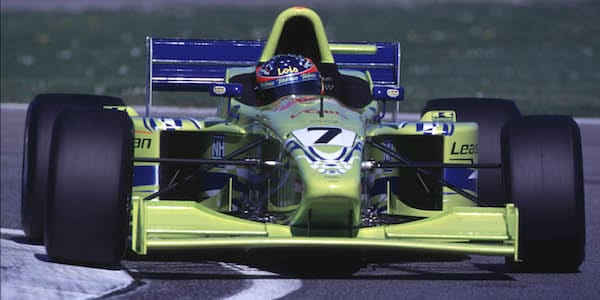
With lighter, shorter cars on the horizon, will veterans like Hamilton and Alonso will thrive—or struggle—in the new era.
The upcoming 2026 Formula 1 regulations promise one of the most significant shakeups in recent memory. Cars will be lighter, shorter, and narrower than the current generation. Wheelbases will drop by 200mm, widths will shrink by 100mm, and minimum weight will be reduced by 30kg compared to 2022 specs.
For fans of the sport’s elder statesmen—Lewis Hamilton and Fernando Alonso in particular—these changes raise a compelling question: Will smaller, lighter cars play to their strengths and experience with earlier F1 machinery?
A Return to Familiar Dimensions… But Not Familiar Dynamics
At first glance, the changes do resemble the cars Hamilton and Alonso debuted with in the 2000s. Those machines were lighter and more agile than today’s downforce-heavy behemoths. Hamilton, in particular, has always thrived with sharp turn-in and aggressive corner entry—driving traits better suited to a nimble chassis.
But despite the visual throwback, these new cars will be nothing like the V8-era machinery. They will still lean heavily on ground effect aerodynamics, feature active aero, and incorporate a significantly altered power unit formula built around sustainability and energy efficiency. In other words: the package may be smaller, but it will be no less complex.
Will Age Matter?
Some argue that lighter, more responsive cars may actually demand quicker reflexes and a more intense physical toll, potentially disadvantaging older drivers. Others point out that all F1 drivers—regardless of age—train to the same high-performance standard and adapt quickly to new machinery.
Veterans like Hamilton and Alonso have already proven their adaptability through multiple regulation eras, thriving in different aero philosophies, tire compounds, and engine architectures. It’s unlikely that the 2026 cars will be the first to catch them off guard—unless their teams fail to deliver a competitive chassis.
Youth vs. Experience
Younger drivers may have an edge in rapid adaptation, especially with modern tools like simulators and limited in-season testing. But experience still counts for a lot in F1, particularly during major regulation overhauls. Older drivers can often lean on deep technical feedback skills and mental resilience to extract the most from new packages.
If anything, the playing field might momentarily level out in 2026 as every driver is forced to reset. What matters most won’t be age, but adaptability, driving style, and how quickly teams interpret the new ruleset.
Verdict: It’s Complicated
The 2026 cars won’t be a nostalgia trip—they’ll be an evolution into a new formula. While some aspects may nod to older designs, the driving challenge will be fresh, fast, and technologically complex.
Will Hamilton or Alonso benefit from the changes? Only if their teams nail the interpretation and build them a car that complements their strengths. As ever in F1, talent matters—but timing and machinery matter more.
One thing’s for sure: the 2026 season will test every driver in new and unpredictable ways. And the veterans might just surprise us yet again.
